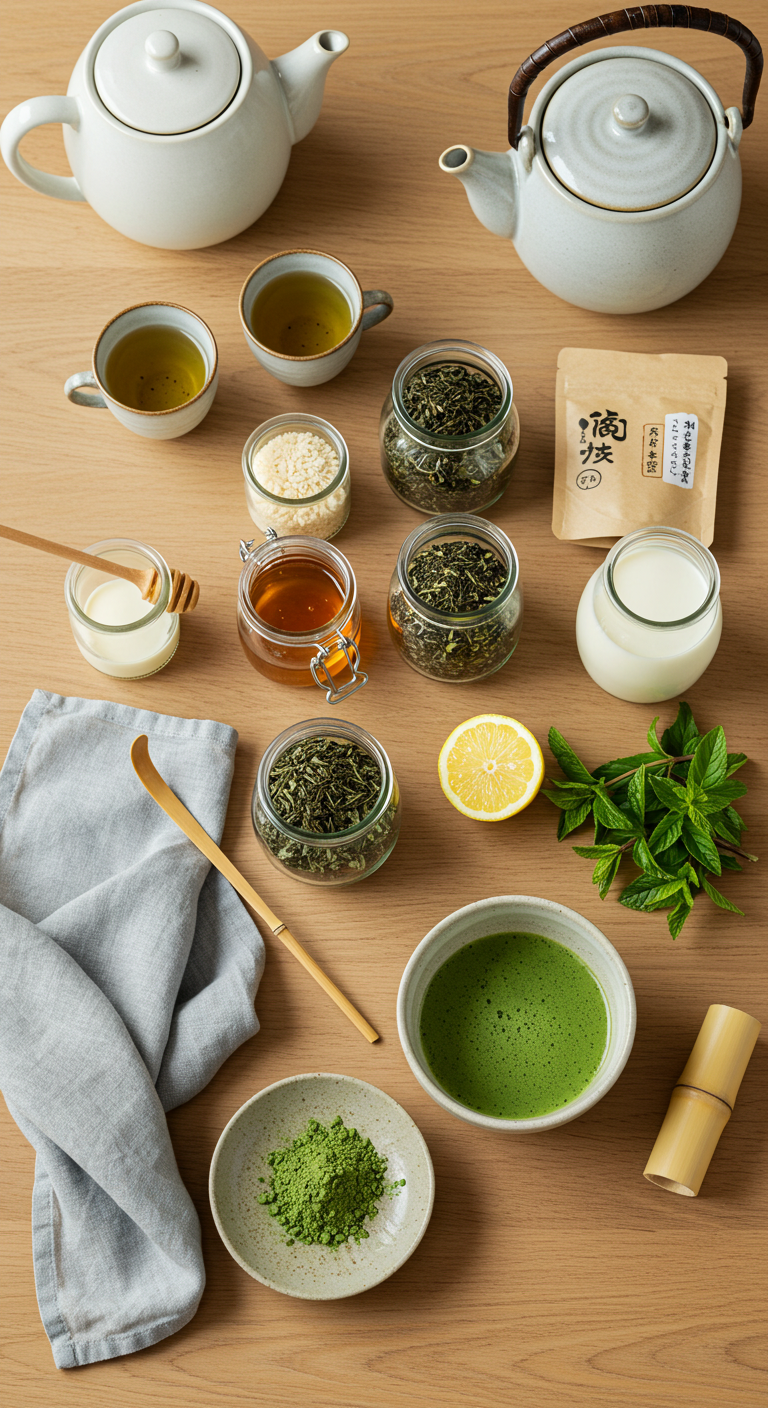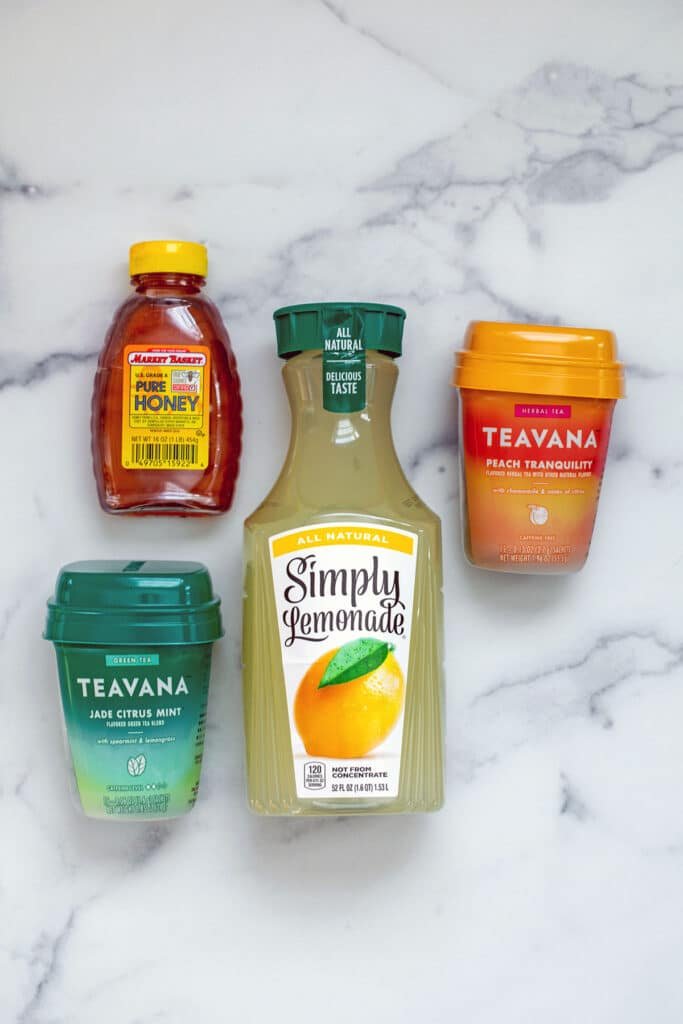Japanese green tea is more than just a drink—it’s a tradition, a moment of mindfulness, and a celebration of flavor. Whether you’re a fan of the earthy richness of matcha or the delicate, grassy notes of sencha, Japanese green teas are incredibly versatile and can be used in both drinks and treats. From calming hot teas to iced refreshments and even desserts, there’s so much you can create with just a few leaves or a spoonful of green powder.
Today, we’re diving into a variety of authentic and creative Japanese green tea recipes that you can make at home. These recipes honor the classic methods while also adding a touch of modern flavor.
What You’ll Need
Green Tea Ingredients:
-
High-quality matcha powder (ceremonial or culinary grade)
-
Loose-leaf sencha or gyokuro green tea
-
Roasted hojicha tea leaves
-
Genmaicha (green tea with roasted brown rice)
-
Filtered water (ideally soft water)
-
Optional: soy milk, oat milk, honey, agave, lemon, fresh mint, rice syrup
Tea Tools & Essentials:
-
Bamboo matcha whisk (chasen)
-
Matcha bowl or wide ceramic cup
-
Tea strainer or infuser
-
Small pot or kettle
-
Measuring spoons
-
Heat-safe mugs or glasses
-
Ice cubes
-
Electric frother (optional for lattes)
1. Classic Hot Matcha Tea
Start with the most traditional and soul-warming cup—simple hot matcha. Sift 1 teaspoon of matcha into a bowl to remove any clumps. Add a splash of hot water (not boiling—around 175°F or 80°C) and whisk vigorously in a zigzag motion until frothy. Pour in the remaining hot water (about ½ cup total) and enjoy it immediately. The result is a velvety, bright green cup of tea with deep umami notes and a pleasant bitterness that lingers.
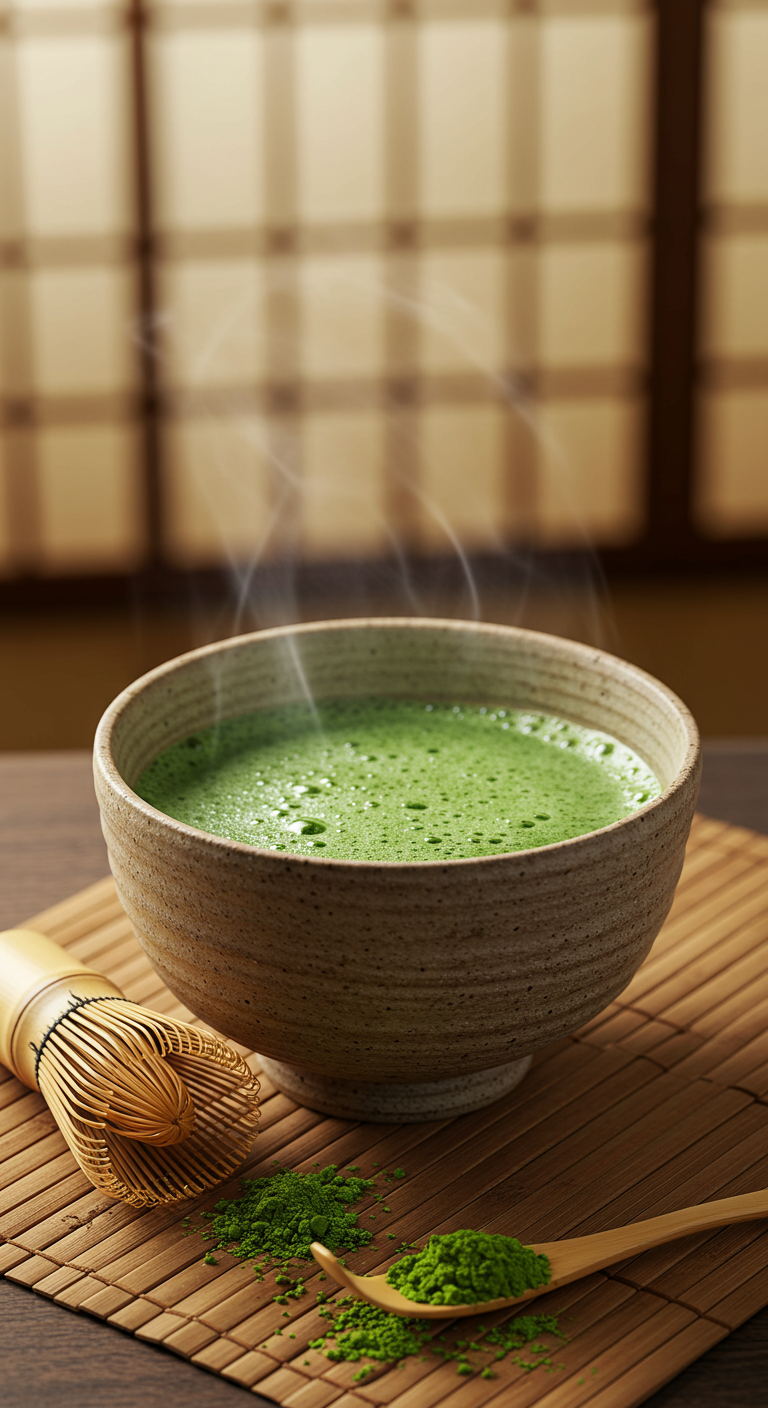
2. Sencha Lemon Cooler
Sencha is known for its grassy, refreshing taste—perfect for a bright, citrusy iced tea. Brew 1 teaspoon of sencha in hot water (around 160–170°F) for one minute. Strain and let it cool slightly. Pour it into a glass over ice, then squeeze in fresh lemon juice and add a drizzle of honey. Stir and garnish with a lemon slice or mint leaf. This drink is light, zesty, and ideal for summer afternoons.
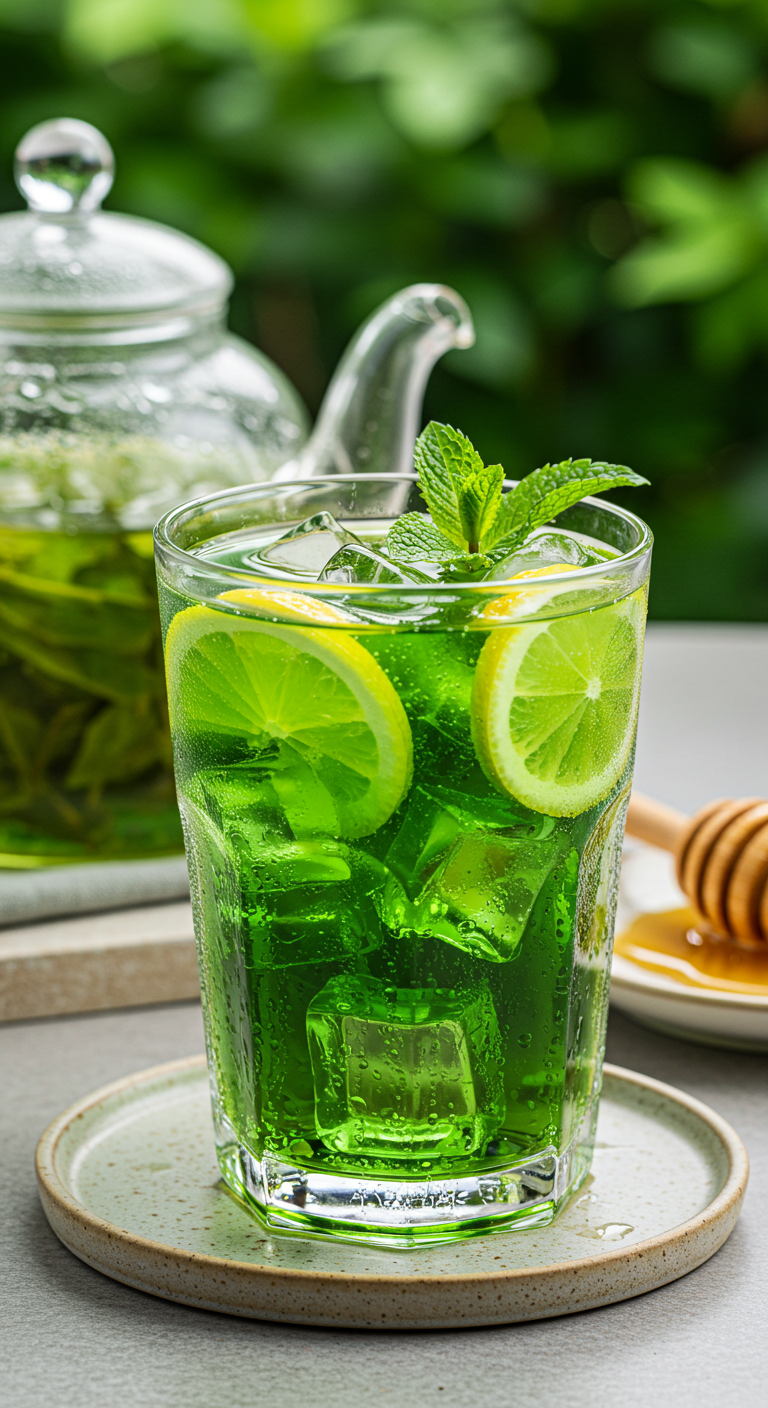
3. Hojicha Latte (Hot or Iced)
Hojicha is a roasted green tea with a toasty, nutty flavor and less caffeine—great for evening sipping. Brew 1 tablespoon of hojicha in ¾ cup hot water for 2–3 minutes. While that steeps, warm up some milk (or use cold milk and ice for an iced version). Froth the milk, then strain the tea into your cup and top it with the milk. The flavor is cozy, smooth, and perfect with a hint of maple syrup or cinnamon.
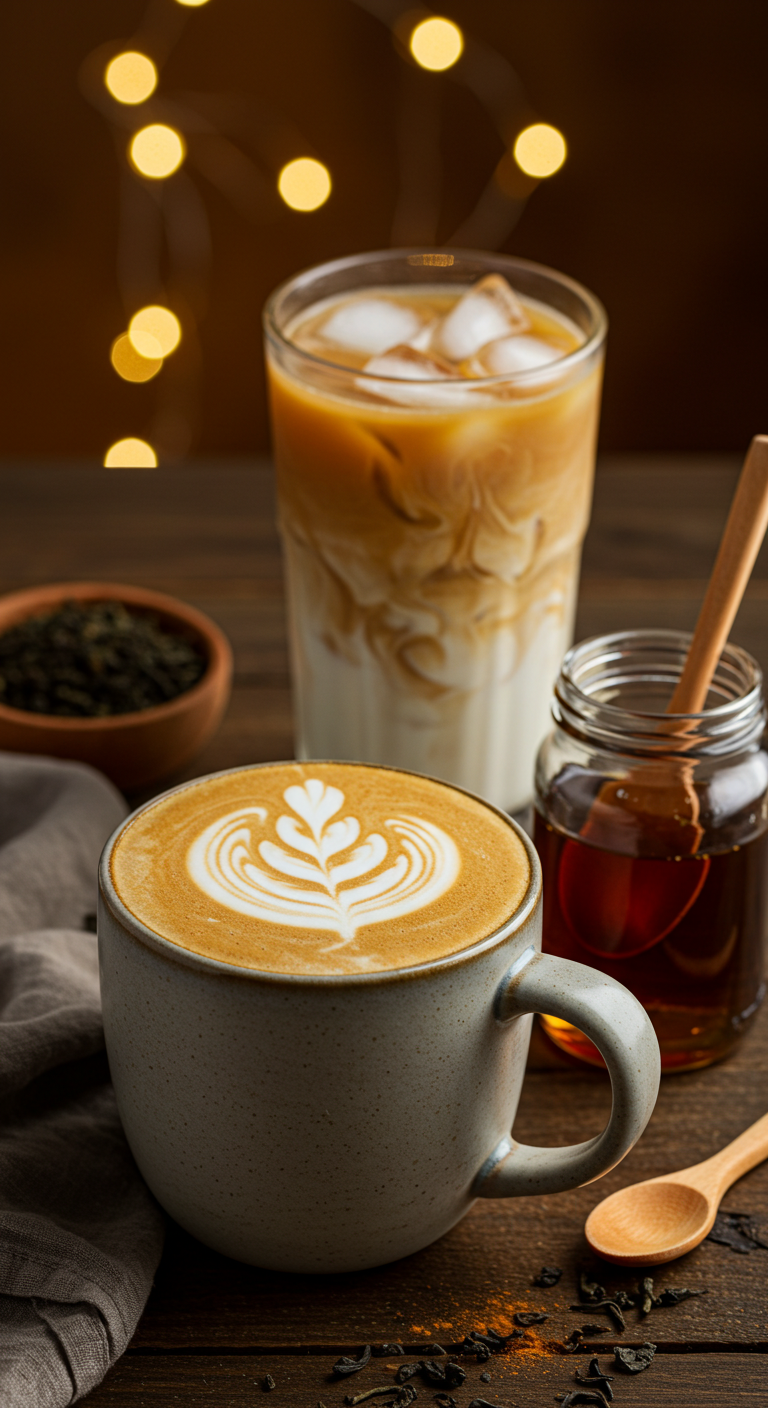
4. Genmaicha Rice Tea with a Twist
Genmaicha offers a savory and slightly sweet flavor from its toasted brown rice. Steep 1 teaspoon of genmaicha in hot water (around 175°F) for about 2 minutes. Strain into your favorite teacup and add a tiny splash of soy milk and a touch of rice syrup. This creamy twist on a classic gives you warm, toasty flavors with a gentle nuttiness that’s both comforting and energizing.
5. Matcha Banana Smoothie
For a nutritious pick-me-up, blend 1 frozen banana with ½ teaspoon of matcha powder, ¾ cup of oat or almond milk, and a spoonful of honey or agave. Add a few ice cubes and blend until smooth. The matcha brings a rich, earthy flavor that pairs beautifully with the sweetness of banana. It’s a refreshing way to start your day or recharge in the afternoon.

6. Matcha Chia Pudding
Combine 1 tablespoon of chia seeds with ½ teaspoon of matcha and ½ cup of milk in a jar or bowl. Stir well to prevent clumping, then let it sit for 15 minutes before stirring again. Cover and refrigerate for at least 4 hours or overnight. When it thickens, top with fresh berries, sliced mango, or coconut flakes. It’s a lightly sweet, earthy dessert that also gives you a gentle energy boost.
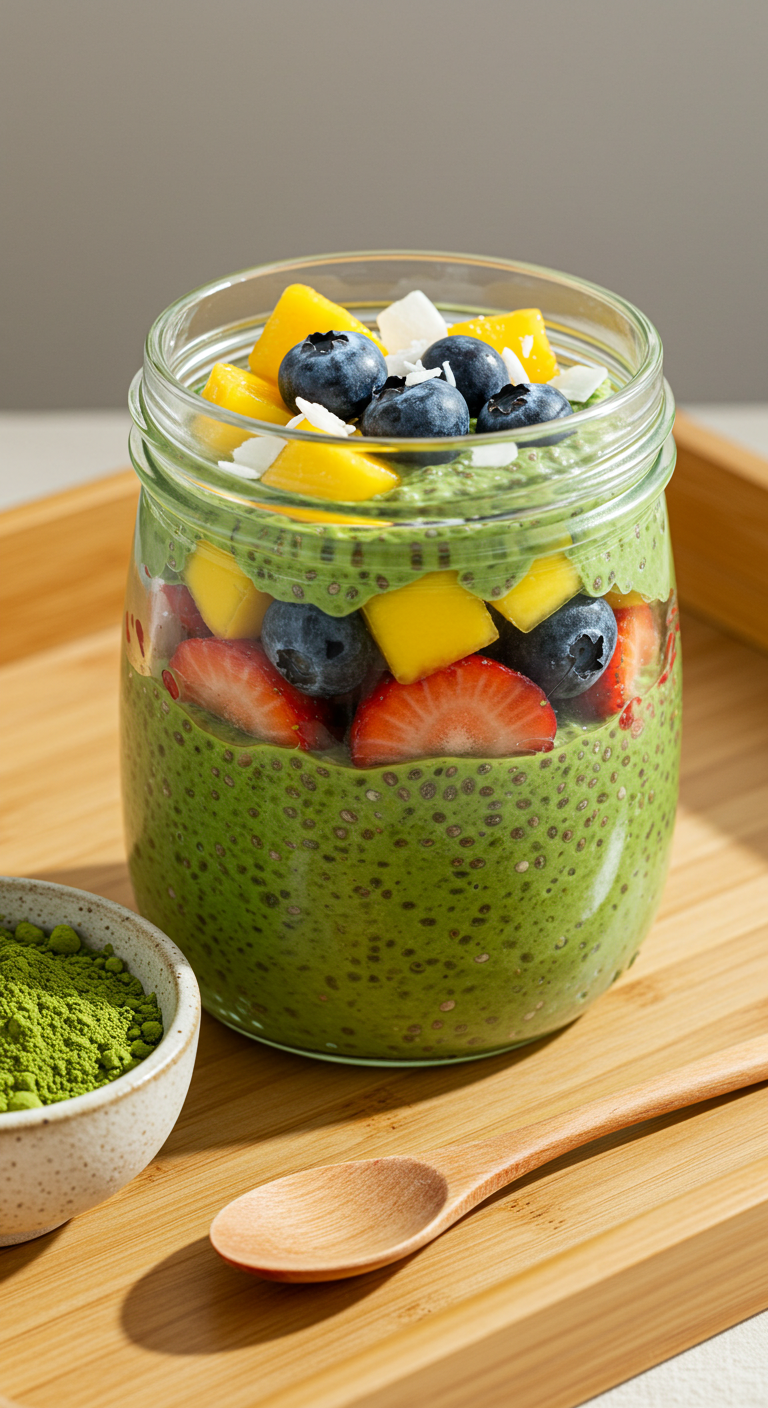
Tips for Brewing Japanese Green Tea
-
Water temperature matters. Always avoid boiling water—it burns delicate green tea leaves and ruins the flavor.
-
Use fresh, filtered water. This enhances the clarity and taste of the tea.
-
Whisk matcha properly. Use a bamboo whisk for the best texture and a beautiful froth.
-
Don’t oversteep. Green teas are sensitive—one to three minutes is usually perfect.
Conclusion
Japanese green tea opens the door to a world of subtle flavors, calming routines, and creative recipes. Whether you’re whisking matcha for a quiet morning, sipping hojicha as the sun sets, or trying a matcha smoothie between meetings, you’re embracing a centuries-old tradition in your own unique way. Try out these recipes and explore your personal tea ritual—you’ll find it both delicious and grounding.

